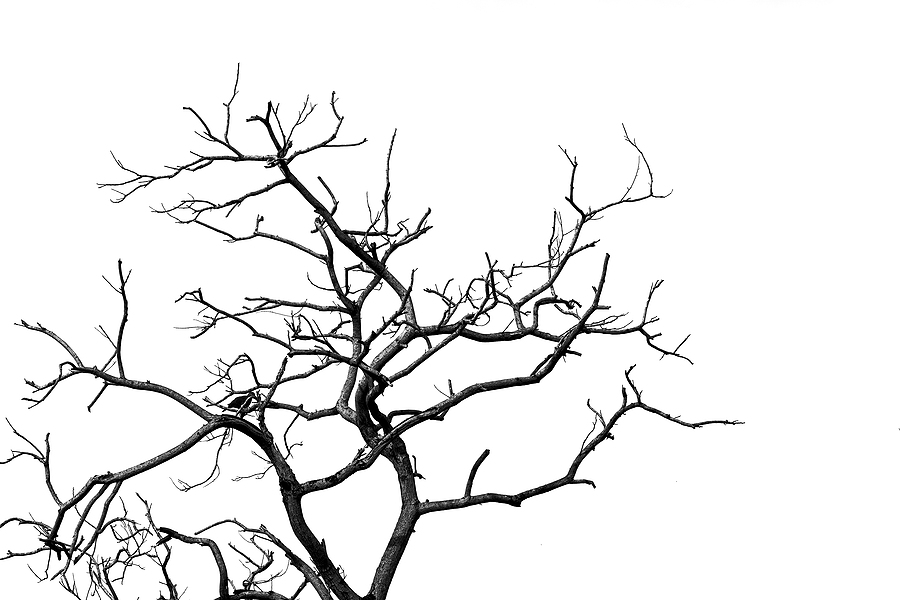When a tree on your property dies, you are faced with the decision to either remove it or let it be. Continue reading to learn when you might be required to remove a dead tree, and when you might be able to simply use your own personal discretion.

Dead Trees
Dead trees on your property can be quite the conundrum. Some are hazards, and very dangerous to keep up, while others serve valuable ecological and recreational advantages. Either way, dead tree removal is typically up the property owner. It is very rare for the city, county, or homeowners’ association to force a property owner to take down a tree, unless of course it is an obvious hazard. For instance, if you had a dead oak tree that uprooted, thus blocking the sidewalk and street in the neighborhood, you might be asked by the city or local association to have it removed. However, if you have a dead tree standing in your front yard that poses no risk of falling, it is very unlikely that any authority would ask you to take it down.
When to Take Down a Dead Tree
The right time to take a dead tree down might seem obvious, but many people often overlook some common dangers they can pose. Here is when you should remove a dead tree:
⚠ A dead tree should be removed if it is leaning, or uprooted from the ground.
⚠ A dead tree should always be removed if it is obstructing power lines, telephone poles, and other important structures.
⚠ A dead tree should be removed if it is in falling distance of important buildings, structures, or public walkways.
⚠ A dead tree should be removed if it is ridden with pests.
⚠ A dead tree should be removed if it lowers property value or curb appeal.
When to Keep a Dead Tree
Many people do not realize that dead trees are often highly valuable, not only to the surrounding Eco-system, but also to homeowners who enjoy nature-watching. You see, some dead trees are known snag trees, which are trees that serve as habitats for wildlife. Snag trees are one of the most common habitats for all sorts of local wildlife, including squirrels, chipmunks, bats, birds, bugs, and more! See our blog, “What is a Snag?” to learn more about the importance of snag trees, as well as, how to care for one on your property.
Dead Tree Removal Services in Fishers, Indiana
Call 317-537-9770 for affordable and prompt tree removal in Fishers, Indiana. We are highly trained and experienced tree care contractors that offer a wide range of residential and commercial tree services at competitive prices. We also offer tree service coupons and discounts! Request a free estimate for Fishers tree service, today.



